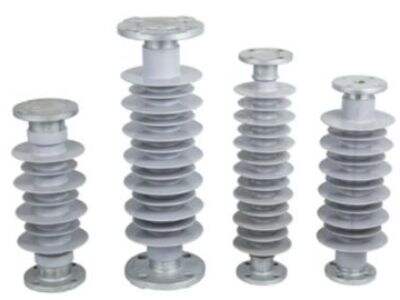Insulator fittings is a very crucial part of electrical systems that helps keep everything safe and secure. They help to secure wires and prevent injury. If you don’t have all the right information, choosing the right insulator fittings can be a little tricky. This guide explains how to select the insulator fitting that best suits your application.
A Guide for Beginners
If you are new to insulator fittings, it can seem a bit overwhelming at first. But don’t worry! Learning the basic must be a priority to ease things. Electrical wires, also referred to as conductors, are supported and secured with insulator fittings These wires transport electricity from one location to another and can be found in numerous different locations, including power plants that generate electricity, factories, or even in our homes with our lights and appliances.
Laying Out the Insulator Quantities Per Line
As far as the process goes, the first thing to consider when choosing the right insulator fitting is what you need. It’s like the right tool for the job. There are various kinds of insulator fittings, each with its own unique characteristics and advantages. For instance, some fittings tend to perform better than others in specific conditions. When you know what you are looking for you can reduce the number of options and make the best decision for your project.
Considerations for Selecting Insulator Fittings
There are some key factors to keep in mind when choosing insulator fittings. Here are a few important things to remember:
Material: Different materials are used to manufacture insulator fittings. Some may be ceramic, whereas others can be plastic or glass. While each type of material has distinct advantages that make them ideal for some tasks. Ceramic, for example, is usually really strong and has a high heat resistance, but plastic is lighter and easier to use.
Load capacity: This term describes a weight capacity that an insulator fitting can handle. Different fittings can hold different amounts of weight. Choosing the right fitting is critical; it needs to be enough to support the load to be imposed. We can assume that the structural behavior is weak, otherwise it will break out or become dysfunctional and may lead to safety concerns.
Temperature: In some situations, high-temperature insulator fittings might be exposed to high temperatures. Certain requirements are needed; for instance, they shouldn't get too hot if they are used near some hot equipment. So, picking a fitting able to survive the temps it will experience in its application is crucial.
Single use: Depending on the application, insulator fittings can experience a substantial amount of wear. Which means they can deteriorate over time. Selecting a fitting that is durable and can survive its specific application is critical.
Picking the Best Option for Your Project
Once you have given some thought to both your requirements and the key considerations, you can begin to narrow down your options and choose the appropriate insulator fitting for your application. THIM is a Prime brand that you might want to check out. They have a large range of top class insulator fitting that fit all requirements.
Read the specific insulator fitting features and benefits when selecting the right fit for your project. For example, if you need a fitting that can withstand heat without compromising, you may get a ceramic fitting. However, if you want an option that is appropriately durable and will do well in hostile environments, then glass fitting might be just what you need.
From Temperature Resilience to Long-lastingness
After all,Semi finished insulator if you are working on a project wherein you have to have the insulator, you have to make sure the right one fits your project. You have to keep the above factors in mind and consider your specific needs in order to have an informed decision. This is also to ensure your project will be easy and safe as per security. THIM, however, has extensive options for various types of high-grade insulator hardware. Remember to consider the properties of each type of fitting like temperature resistance and durability before making your selection. Find the best fit which will ensure the success of your project!














































